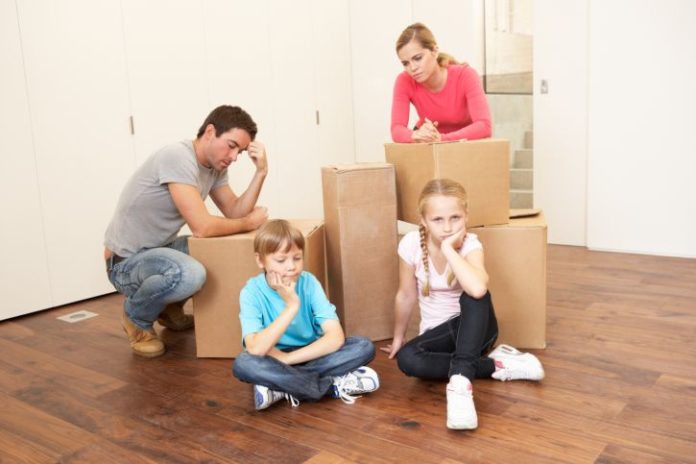Australian pre-schoolers growing up in families who move houses a lot have poorer verbal ability and higher rates of hyperactivity and other behavioural and emotional problems than those who don’t, according to research published by the Australian Institute of Family Studies.
Australian Institute of Family Studies Researcher, Dr Ben Edwards said young children aged four to five years old who had moved house more than five times during their lives had considerably poorer speech and language skills, compared to children who had only moved once.
“Four and five year olds who moved house five or more times had quite large differences in their verbal ability suggesting that frequent moves are linked to lower language skills, compared to children who had lived in the same house,” Dr Edwards said.
“The children whose families moved more than five times also tended to have more emotional and behavioural problems like hyperactivity, nervousness and worry, peer relationship problems and conduct problems in school, compared to the overall average.
“Children aged four and five appear to be especially sensitive to high residential mobility and are at a stage where disruptions to social connections in neighbourhoods can be difficult, particularly if they have to move schools and make new friends.
“But by the time children get older, to around eight and nine years old, residential mobility affects them far less—and instead, other aspects of their family background tend to matter more.”
The study used data from the Growing Up In Australia: Longitudinal Study of Australian Children and is one of only a few Australian studies to examine the influence of housing on children’s development.
The study found that:
- 61 per cent of families in the study were part-way through paying off a mortgage (averaging a cost of $434 a week)
- 13 per cent owned their own homes out-right
- 16 per cent were in private rental
- 3.2 per cent were ‘doubling up’ or staying with extended family, other families, or were in other accommodation arrangements.
Dr Edwards said the study also examined the issue of families experiencing housing stress which is defined as households in the bottom 40 per cent of equivalised gross household income (a statistic that takes into account household size), or that spend more than 30 per cent of their income on housing.
“Overall, just over 14 per cent of families in the study were experiencing housing stress when they were interviewed in 2008,” Dr Edwards said.
“Children living in families under housing stress have levels of emotional and behavioural problems that are statistically higher than those living in families that are not in housing stress.
“But once you take into account low income levels, surprisingly housing stress is not linked to significantly poorer emotional and behavioural outcomes for children.”











